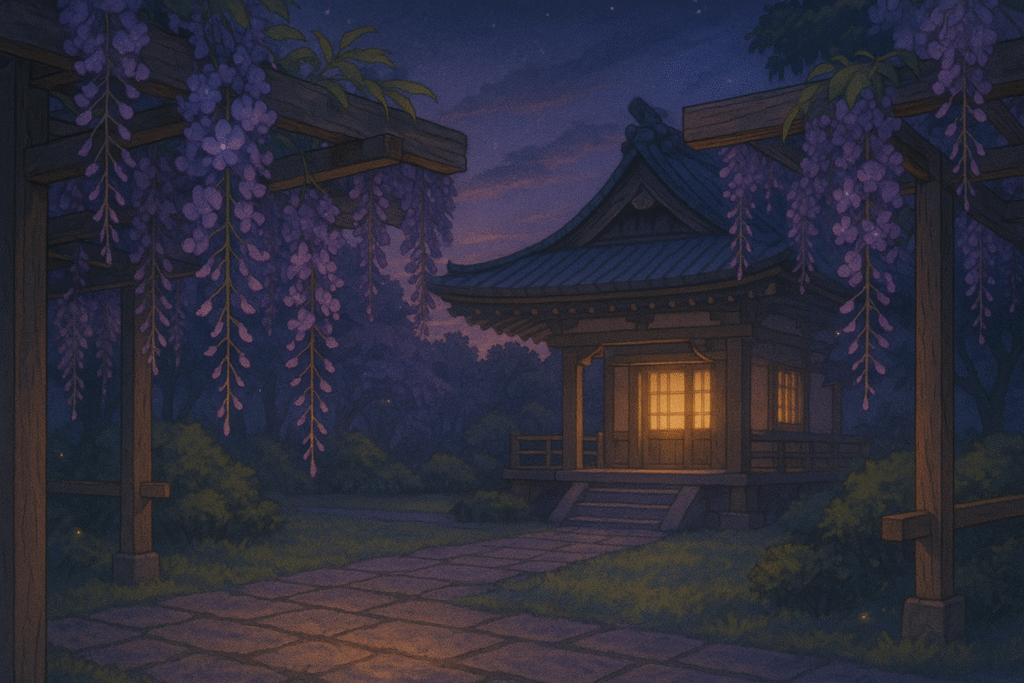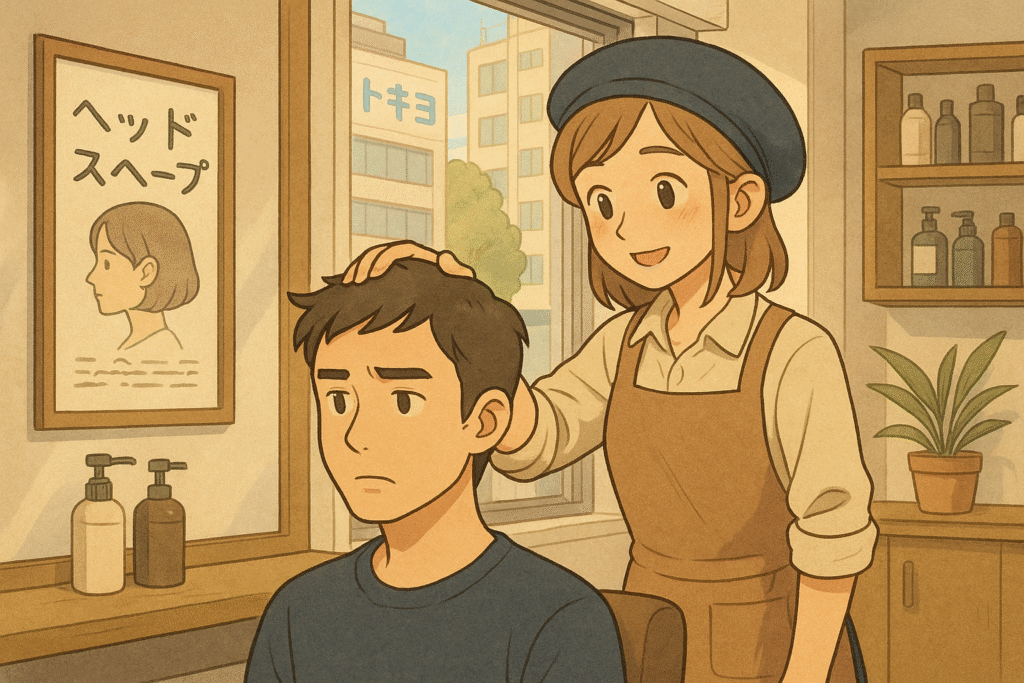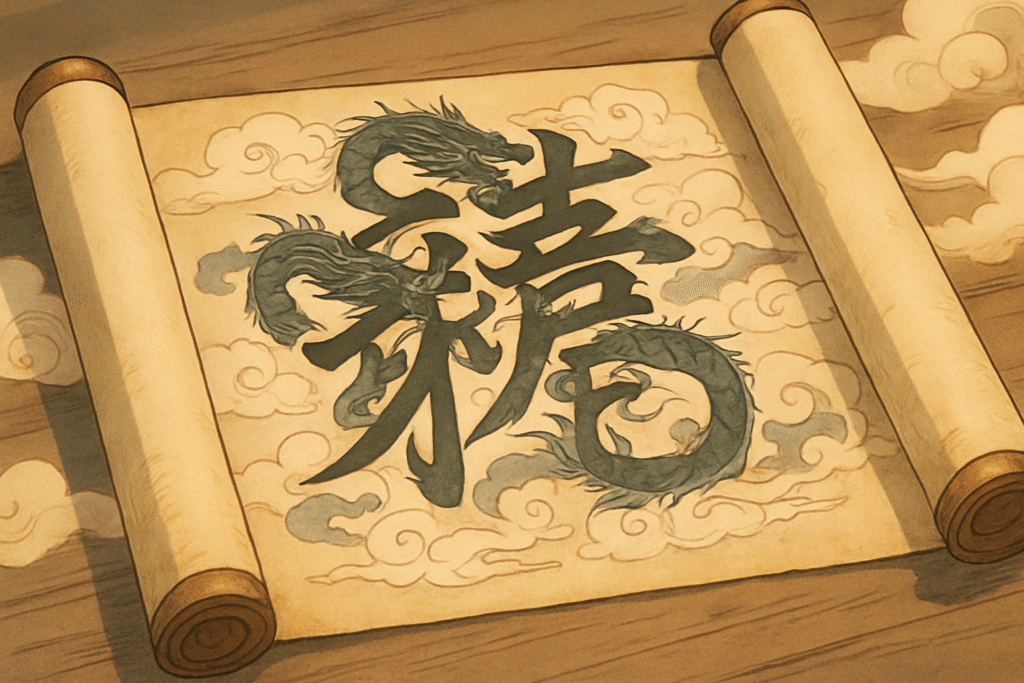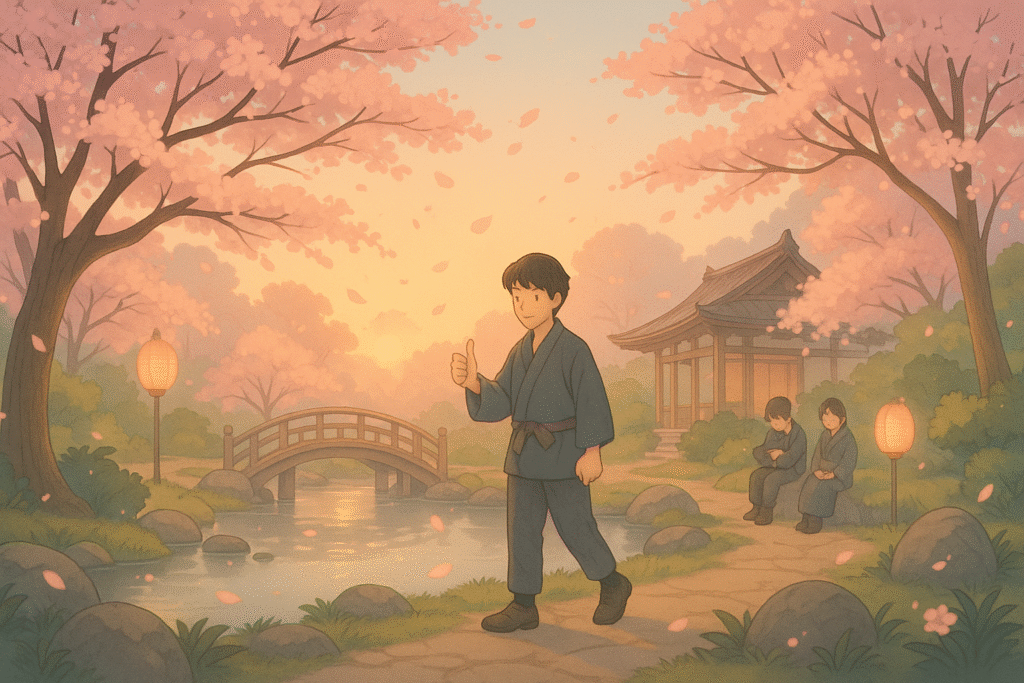What Is Purple in Japanese? Learn Murasaki and More
Have you ever found yourself admiring the stunning purple wisteria blossoms cascading from ancient Japanese temples, wondering how to express this royal color in Japanese? Or perhaps you’re watching your favorite anime and noticed characters wearing elegant purple kimonos, leaving you curious about the cultural significance behind this mesmerizing hue? What is purple in Japanese? […]
What Is Purple in Japanese? Learn Murasaki and More Read More »




















